Challenges for MSPs? Business management software for connected, wise thinking

Managed Service Providers (MSPs) deliver critical IT services and solutions for their clients. By proxy, MSPs are there, navigating complex projects of the organisations that rely on them, optimising resource utilisation, and ensuring seamless client experiences.
Help for MSPs comes in the form of high-performance business management software. The technology provides a suite of functions tailored to address the unique challenges MSPs face. From project planning and resource allocation to time tracking and financial management, software platforms offer a holistic approach to running an MSP.
As more SMEs come to rely on MSPs, such software solutions become more and more vital. This is partly due to a shortage of IT talent – research commissioned by the Tech Council of Australia projects a shortfall of 186,000 tech workers by 2030 – and the expense of hiring an in-house team. IT infrastructure in enterprises has become more complex with staff supporting remote and hybrid teams, a situation that is ‘soaking up’ a great deal of IT talent.
MSPs are faced, therefore, with the additional tasks of application maintenance and addressing connectivity issues while working with numerous public and private cloud providers. All of this must be done without the convenience of physical access to the underlying infrastructure.
While it is certainly true that business management software can assist with several of these tasks, different tech companies tend to make the same promises about their products. It is not uncommon for MSP decision-makers to find themselves relying on a whole host of software providers after a few years. At least some of these will not have been designed specifically for an MSP; rather, they are shoehorned into use to the best abilities of MSP staff.
As an MSP grows, new software may be required to address specific needs, and these additions accumulate over time. Different systems will not necessarily be compatible, creating inefficiencies and siloed information. Vendor lock-in relies on MSPs’ hesitation to migrate their systems due to contractual obligations or fear of workflow disruptions.
Accumulating business management software from different providers can also take a financial toll. It requires maintaining multiple software licenses and subscriptions that can add up quickly, putting a strain on the organisation’s budget. A report by Gartner revealed that organisations would overspend US$750 million on unused features of IT service management tools this year. Indeed, a study from 2022 found that large companies subscribed to 187 apps on average – a massive increase from the 77 of 2015.
But this kind of ‘software bloat’ is not just a financial issue. At a micro level, it can also negatively influence staff productivity. According to Bloomberg, the average worker toggles between apps 1,200 times a day, with each click acting as a small drain on their focus. Indeed, training employees on multiple software platforms is expensive and hinders productivity.

Source: Shutterstock
It is therefore wise to try and consolidate software solutions. While there are clear financial benefits, doing so also creates the opportunity for automation. When different repeating processes are tackled by programs that integrate with each other, it allows them to exchange data via APIs both internally and with the systems of third-parties and clients. Automation bridges the gap in the global IT talent shortage: research has found that 62% of IT decision-makers view the shortage as a significant threat to their businesses. Automating repetitive tasks frees up existing IT professionals’ time, and removes the possibility of mistakes made by bored (but well-paid) staff tired of copy & paste-ing.
There are cybersecurity benefits to getting all business management programs under one roof, too. It works to reduce the number of interfaces and access points that need to be secured and monitored. A single provider can also ensure consistent security standards and updates across the software ecosystem, as well as enable robust monitoring and threat detection to protect sensitive client information.
A leading provider of consolidated business management software for MSPs is ConnectWise. Its solutions, which include professional service automation (PSA) as well as quote and proposal automation, are scalable with the company’s growth. This removes the painful process of switching automation software down the road. ConnectWise does not adopt a ‘one size fits all’ approach, knowing that each MSP has different requirements and priorities, often dictated by the make-up of its client portfolio. It offers three Business Management package options, each designed to apply to companies with different goals and levels of maturity.
Gone are the days of switching between windows and logging in and out of endless accounts, as the ConnectWise solutions put all client data in one place; the BrightGauge Dashboards. All the most-used business tools can be synced to a single dashboard, allowing for decisions, changes and updates to be made more quickly. MSPs can also give their clients frequent status updates using this consolidated data, making it easier for them to submit issues or pay their bills. Client reports, regular or ad hoc can be automated, building transparency and therefore trust with clients.
To find out more about the ConnectWise suite of business management solutions, visit the ConnectWise website or connect with your local expert.
READ MORE
- 3 Steps to Successfully Automate Copilot for Microsoft 365 Implementation
- Trustworthy AI – the Promise of Enterprise-Friendly Generative Machine Learning with Dell and NVIDIA
- Strategies for Democratizing GenAI
- The criticality of endpoint management in cybersecurity and operations
- Ethical AI: The renewed importance of safeguarding data and customer privacy in Generative AI applications
